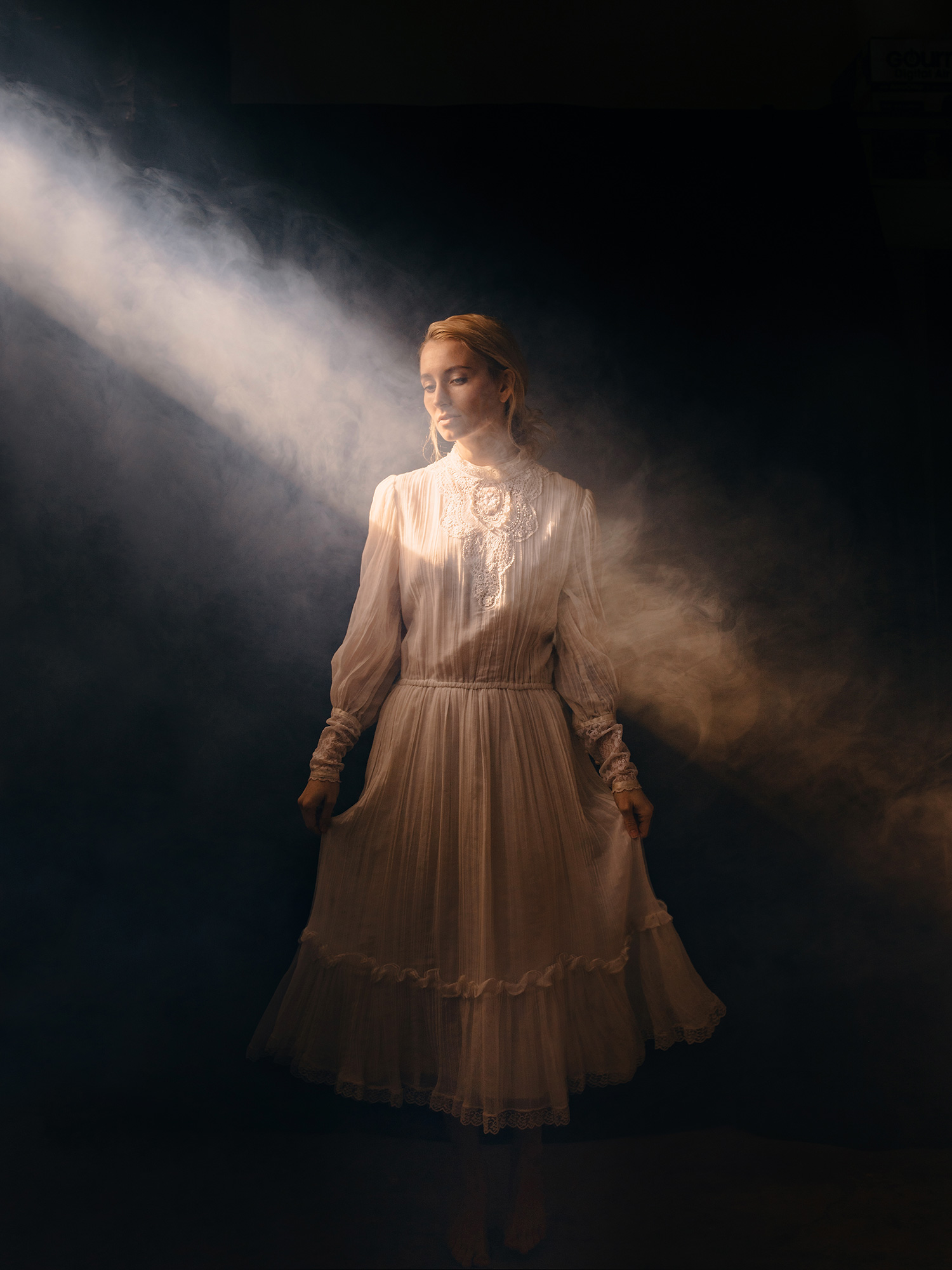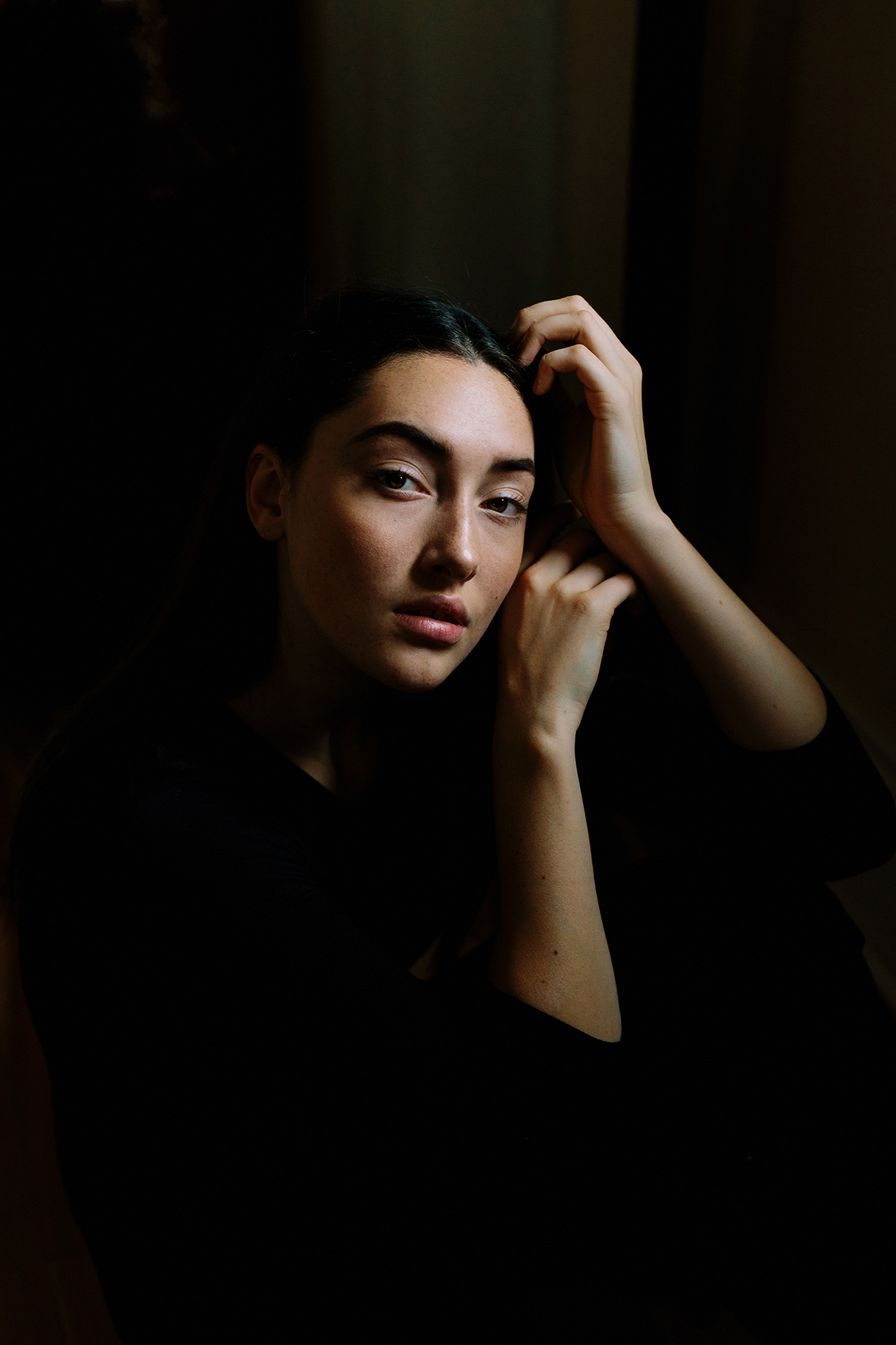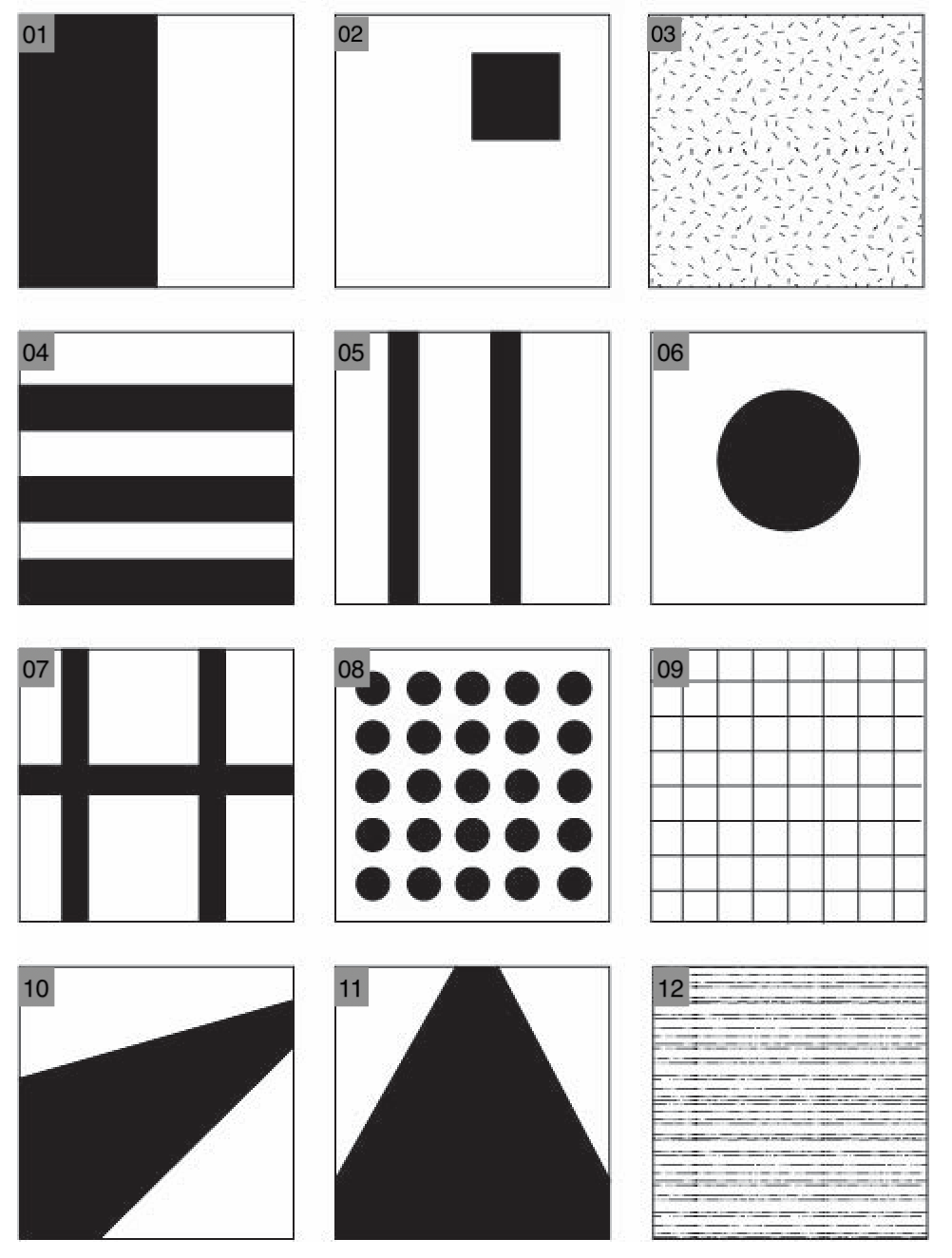Independent book reflection 1st
- What page have you read so far? Give the page number.
The serious incident of the dog in the night time – chapter 47
The absolutely true diary of a part-time Indian – 23 page (I just started to read)
I didn’t fully understand the storylines of both novels.
Independent book reflection 2nd
- What questions do you want to ask of the text?
- How does the text connect to you on a personal level? How does it relate to your life?
- What prediction can you make about the rest of the novel?
- What has the novel made you realize, either about the text or yourself?
- Aim to write at least 150 words.
I read “The Absolutely True Diary of a Part-time Indian.” To explain this story a little bit, you need to know the Reservation (or Indian Reservation), the place where is a legal designation for an area of land managed by a federally recognized Indian tribe. The protagonist is an Indian boy who lives in rez, which means the Indian Reservation. The boy soon moves to the Reardon, which is outside rez. In this story, the boy faces many difficulties while living in the Reardon. Just because he is Indian, many people do not talk with him. But one day, he finds the boy whose name is Gordy, and they become friends. That’s all I have read up so far. I thought this story is about the everyday life of the Indian boy in the rez. I didn’t expect the boy would leave the rez and go on an adventure to the Reardon. That boy’s decision impressed me a lot. If I were that boy, I would choose to spend my whole life living in stable but boring rez.
- What page have you read so far? Give the page number.
The serious incident of the dog in the night time – about 60%
The absolutely true diary of a part-time Indian – about 30%
- What have you noticed about the author’s use of language and structure? What techniques did you recognize?
In the book “the absolutely true…,” the author, Sherman Alexie, used symbolization. He used it to express Indians’ contemptuous feelings towards Arnold, the protagonist, and left Reservation. In this case, Rowdy, Arnold’s friend, showed his disrespectful feeling towards Arnold like he is on behalf of all Indians on the Reservation.
- What themes have you noticed so far?
The protagonist of the book “the serious incident..” is a person with Autism. So, the book is in close connection with Autism.
Similarly, the protagonist of the book “the absolutely true…” is a person who is Indian and from a Reservation. So, the book has a close connection with Indians and their culture.
Independent book reflection 3rd
- What page have you read up to so far?
The serious incident of the dog in the night-time – I read it all.
The absolutely true diary of a part-time Indian – 143 out of 230
- What has changed or developed in the novel since your last reflection?
It was as I expected. In the book “the serious incident…,” I knew Mother is still alive and looking for Christopher Boone.
And In the book “the absolutely true…,” I knew he would be cursed by Indian students when he plays away.
- If you have completed a novel, what was your overall impression of it? Would you recommend the novel?
I completed “the serious incident…” and I was really impressed. It’s quite hard to understand since it was written from the perspective of a person with Autism. But I will recommend this novel because it was written so that I could fully understand the novel once I understood the author’s background and sentiment.
- What is your interpretation of the author’s message?
In the book “the serious incident..” The author suggests that Autism is not a big problem and can be met one day, as Christopher goes through his hard times and finally overcomes those challenges.
Independent book reflection 4th (During CNY)
- How many full works of fiction have you complete so far as part of your independent reading?
I completed reading “The serious incident of the dog in the night-time” “The absolutely true diary of a part-time Indian” as parts of my independent reading. I’ve read a topical book that is non-fiction but social-related during my holiday.
- What did you read over the holiday?
I am reading “Ancient Futures: Lessons from Ladakh for a Globalizing World,” written by Helena Norberg-Hodge with the subtitle “Learning from Ladakh.” As the title and subtitle suggest, Helena claimed that people nowadays have to look up how people Ladakh have lived in harmony with nature since their ancient times.
- Which of the works has had the biggest impact on you, and why?
- What was your opinion of it?
- What will you read next, and why have you chosen it?


































Recent Comments